The Disappearing Wetlands: Over 85% Lost Since 1700
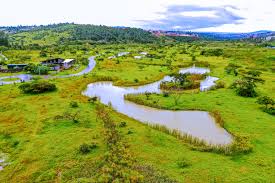
Wetlands, often referred to as the “kidneys of the Earth,” are among the most valuable ecosystems on the planet. They regulate water flows, monitor air pollution, produce carbon dioxide, and provide habitats for a variety of animals.
Yet, since 1700, more than 85% of wetlands have been lost, according to UNESCO. This decline is due to human activities, including agriculture, urbanization, and climate change. These ecosystems play an important role in maintaining ecological balance. They absorb large amounts of rainwater, reduce flood risks and store carbon dioxide, mitigating climate change.
According to the Ramsar Convention on Wetlands, although wetlands cover only 6% of the Earth’s surface, they support 40% of all biodiversity.

Jane Smart, a biodiversity expert at the International Union for Conservation of Nature (IUCN), said:
“Wetlands are nature’s lifeline. Their destruction not only threatens wildlife but also puts human communities at risk of water shortages and extreme weather events.”
The Causes of Wetland loss
The main causes of wetland destruction is land conversion for agriculture and urban expansion. Since the Industrial Revolution, large tracts of wetland areas have been converted into fields, roads and cities.
According to the Food and Agriculture Organization of the United Nations (FAO), 70% of the world’s freshwater is used for agriculture, which has led to wetland depletion. Urban development affects wetlands, reducing them in arid regions, increasing flood risks and disrupting water cycles.
Climate change further accelerates wetland loss. Rising temperatures and prolonged droughts reduce water availability, while extreme weather events, such as hurricanes and floods, damage fragile ecosystems.
According to the Intergovernmental Panel on Climate Change (IPCC), wetlands are disappearing three times faster than forests, releasing stored carbon and exacerbating global warming. Pollution is another significant factor. Industrial waste, pesticides and plastic pollution are destroying wetlands and endangering wildlife.
A 2022 UNESCO study found that 60% of global wetlands are polluted with toxic chemicals, endangering species like amphibians, which rely on clean water to reproduce.
The Path to Conservation
While wetland destruction has reached alarming levels, conservation efforts are underway. Organizations such as Wetlands International and WWF are working to restore degraded ecosystems and protect the remaining ones.
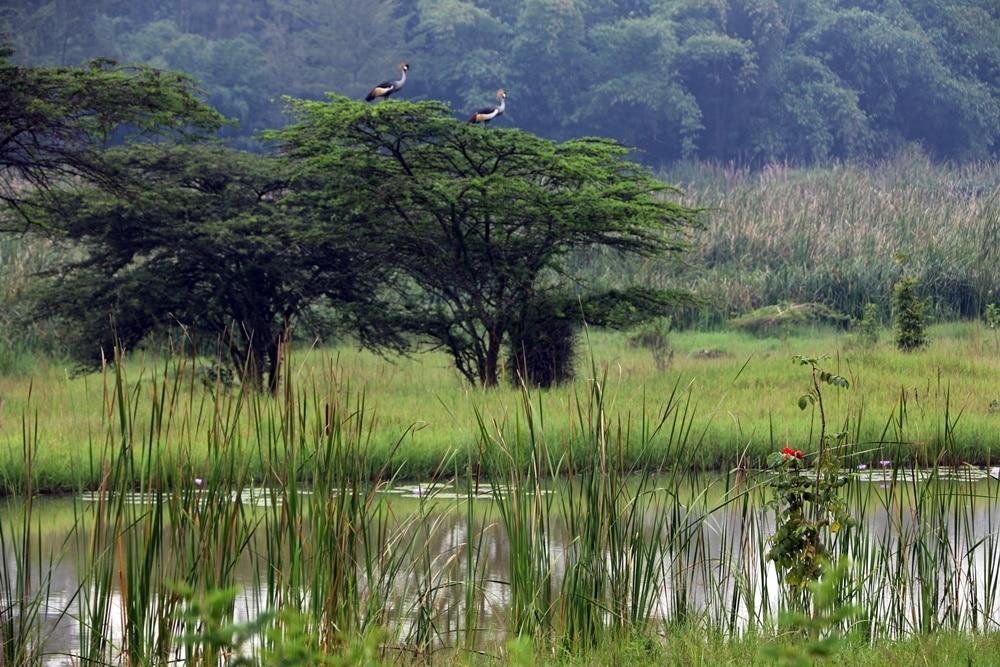
Governments are implementing policies to regulate land use and reduce pollution, but stronger monitoring and global cooperation are needed.
Dr. Martha Rojas Urrego, Secretary General of the Ramsar Convention, said:
“Protecting wetlands is not just about saving wildlife, it’s about securing freshwater for future generations, preventing floods, and fighting climate change.”
85% of wetlands have been lost, urgent action is needed. Restoration efforts, such as reforestation, sustainable land management and pollution reduction can help restore lost wetlands.
Raising public awareness and involving local communities in conservation efforts are also important to ensure long-term protection.
Call to Action
Wetlands are vital for biodiversity, climate change and human health. Protecting them is not only an environmental responsibility, it is also essential to the survival of our planet.
Local communities can help by supporting conservation organizations, reducing plastic and chemical waste, promoting strong environmental policies, and educating others about the importance of wetlands. All actions will help protect unique species before the situation becomes irreversible.
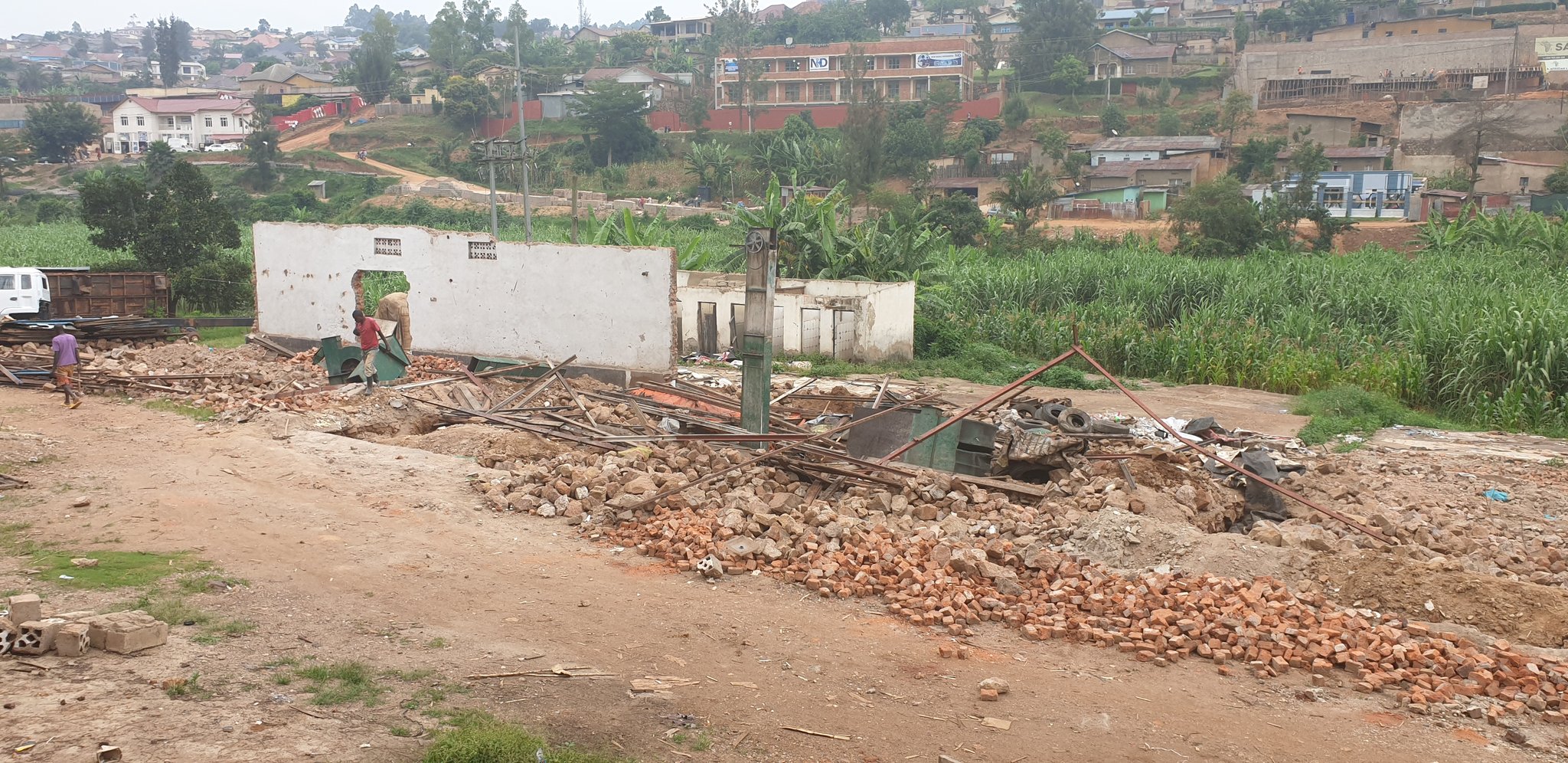
Trending Now
Hot Topics
Related Articles
Breaking Climate Silos: What a Week in Naivasha Taught Me About Forecasting
A week in Naivasha opened my eyes to the power of climate...
Kivu Beach Expo & Festival Brings Joy to Rutsiro While Showcasing the Region’s Natural and Sustainable Potential
The arrival of the Kivu Beach Expo & Festival in Boneza Sector,...
Kivu Beach Festival Triggers Urgent Economic Development Push in Rutsiro
Preparations for the 2025 Kivu Beach Expo & Festival have become a...
COP30 Raised Ambition on Adaptation Finance Yet Africa’s 150 Billion Dollar Gap Tells a Different Story
COP30 in Belém was billed as the moment the world would finally...



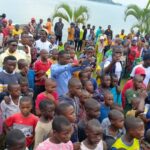
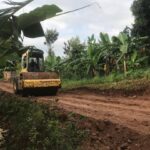



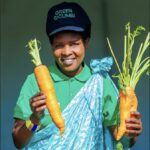
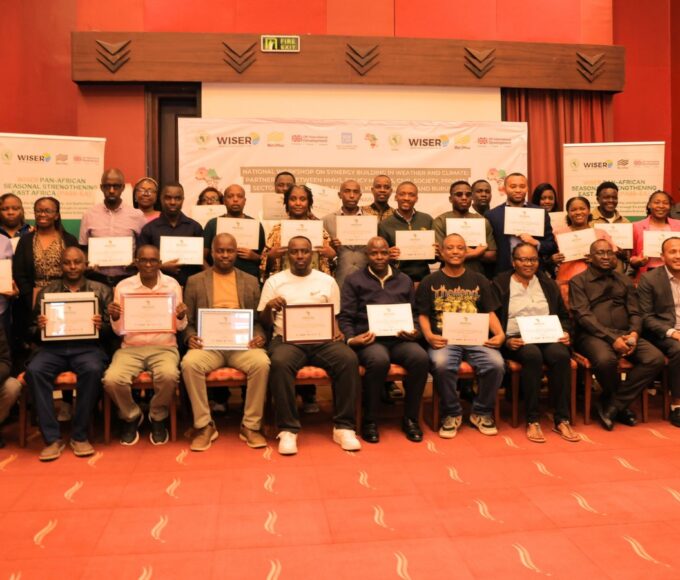
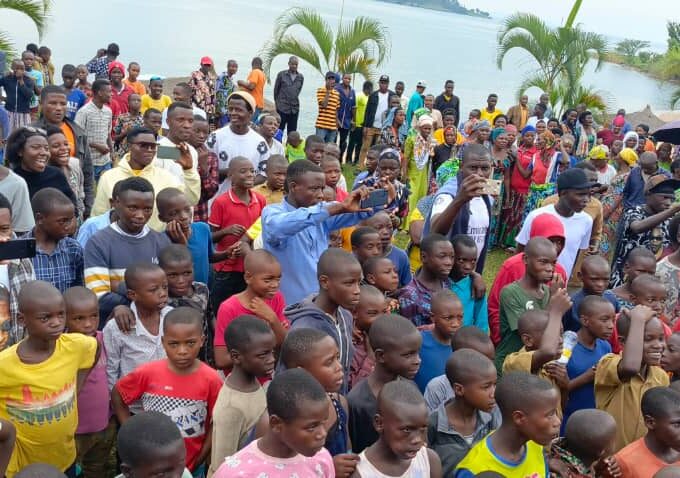


Leave a comment